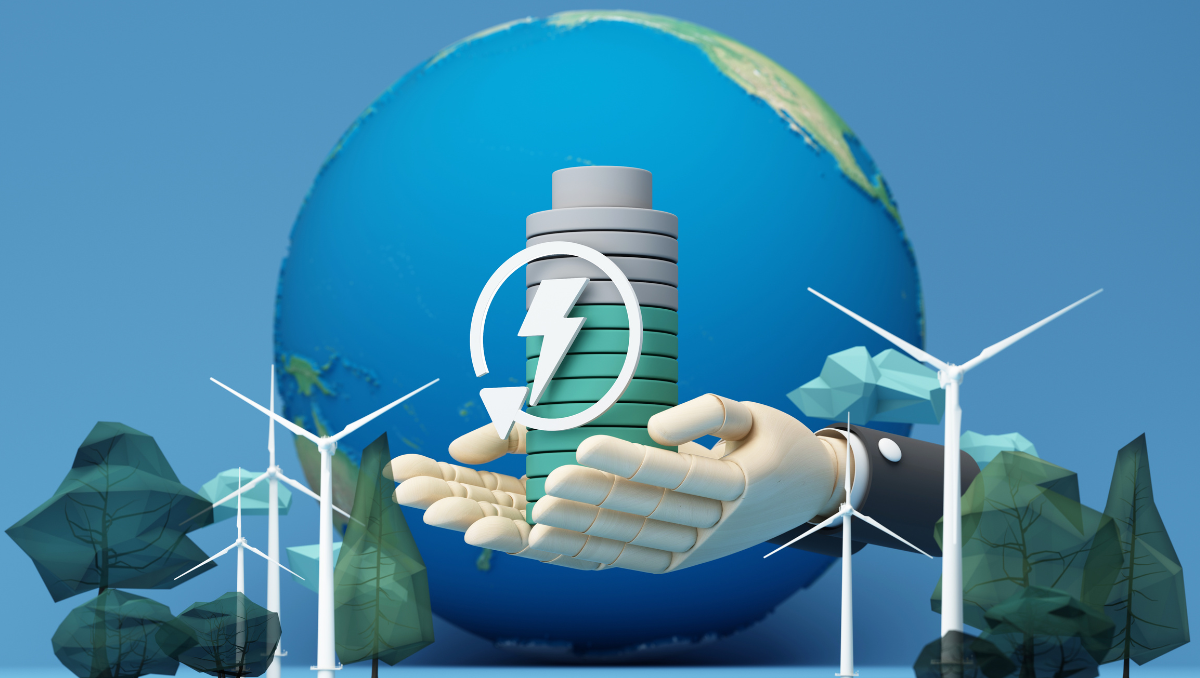The transition to clean energy in the United States is essential for combating climate change, reducing greenhouse gas emissions, and ensuring energy security. However, several challenges and barriers have slowed down this critical shift. Understanding these impediments is crucial for devising effective strategies to accelerate the adoption of clean energy technologies and practices.
America’s Challenges
Policy and Regulatory Uncertainty
One significant barrier to America’s clean energy transition is policy and regulatory uncertainty. The absence of clear, consistent, and long-term policies at the federal and state levels creates uncertainty for investors, businesses, and energy developers. Inconsistent support for renewable energy incentives, tax credits, and regulatory frameworks hampers the deployment of clean energy projects and undermines investor confidence. The lack of a stable policy environment also makes it difficult for businesses to make long-term investment decisions, slowing the pace of clean energy adoption.
Fossil Fuel Subsidies and Market Distortions
The persistent subsidies and market distortions favouring fossil fuel industries pose a significant obstacle to the widespread adoption of clean energy in the United States. Subsidies for fossil fuel extraction, production, and consumption create an uneven playing field, making it challenging for renewable energy sources to compete on a level economic basis. Addressing these market distortions and phasing out fossil fuel subsidies are crucial for enabling a more equitable and competitive clean energy landscape.
Infrastructure Limitations and Grid Integration
The integration of renewable energy sources into the existing power grid presents technical and infrastructural challenges. The intermittent nature of wind and solar energy requires robust grid infrastructure and energy storage solutions to ensure reliable and stable power supply. However, the outdated grid infrastructure in many regions of the United States hinders the seamless integration of renewable energy sources. Upgrading and modernizing the grid, expanding transmission capacity, and investing in energy storage technologies are essential for overcoming these infrastructure limitations.
Public Perception and Community Engagement in Clean Energy Transition
Public perception and community engagement also play a pivotal role in shaping the trajectory of clean energy transition. Misconceptions and lack of awareness about renewable energy technologies, concerns about visual and environmental impacts of renewable energy projects, and local opposition to large-scale developments often impede the progress of clean energy initiatives. Effective communication, community outreach, and stakeholder engagement are critical for addressing these challenges and garnering public support for clean energy projects.
Economic Considerations and Investment Barriers
Economic considerations, including the upfront costs of clean energy technologies and the perceived risks associated with investment in renewable energy projects, pose significant barriers to the clean energy transition. Despite the declining costs of renewable technologies, access to affordable capital, financing mechanisms, and investment incentives remain essential for accelerating the deployment of clean energy infrastructure. Overcoming these investment barriers requires innovative financing models, risk mitigation strategies, and supportive policies to attract private investment in clean energy.
Investment in Research and Development
Increased investment in research and development (R&D) for clean energy technologies is essential for driving innovation and reducing the costs of renewable energy systems. Government funding for R&D initiatives can support breakthroughs in energy storage, grid integration, and renewable energy generation, making clean energy more affordable and accessible. Leveraging public funding to spur private sector R&D investments can catalyze advancements in clean energy technology.
America’s transition to clean energy faces multifaceted challenges and barriers that span policy, economics, infrastructure, public perception, and regulatory frameworks. Addressing these impediments demands a comprehensive and coordinated approach involving government leadership, private sector engagement, community involvement, and technological innovation. Clear and stable policies, reforming market incentives, modernizing infrastructure, enhancing public awareness, and facilitating investment are pivotal for overcoming these barriers and propelling the nation towards a sustainable, low-carbon energy future. By recognizing and addressing these challenges, the United States can unlock the full potential of clean energy and contribute to global efforts to mitigate climate change and build a more resilient and sustainable energy system.
